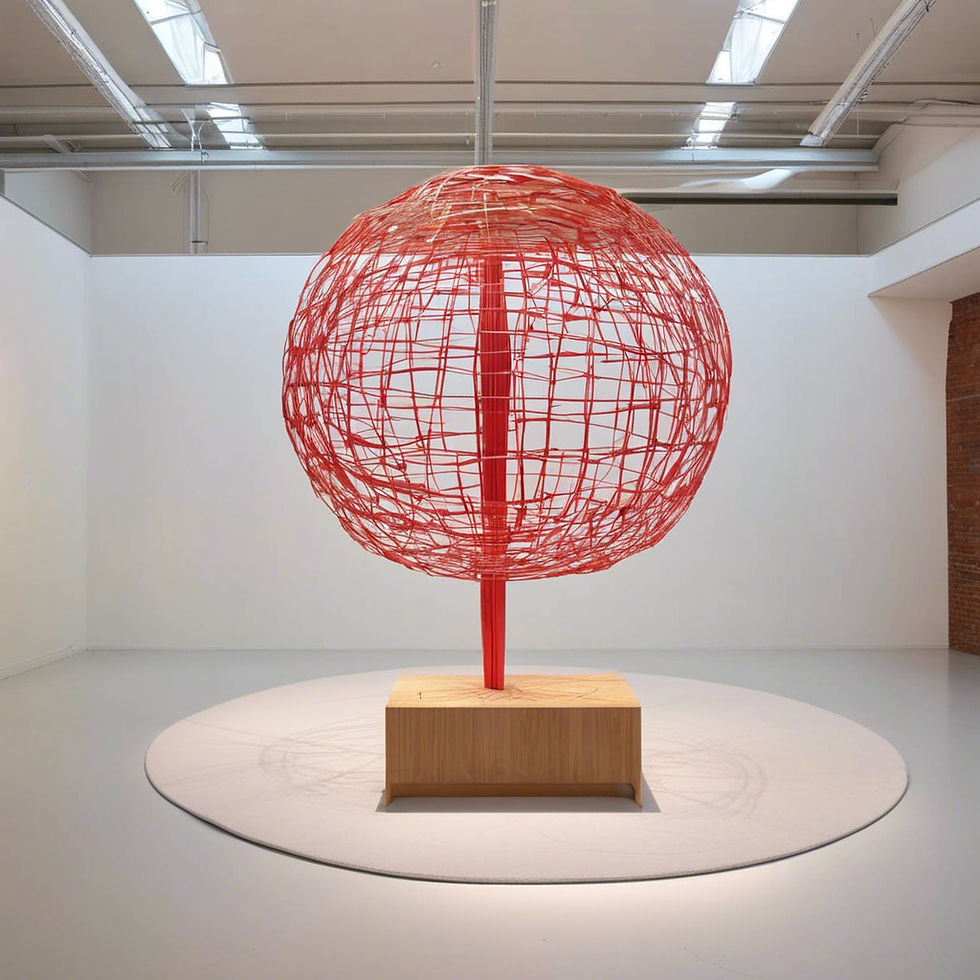Chiaroscuro in Contemporary Photography: Light and Shadow Play
- Ahmed Kheder

- Jul 5, 2024
- 3 min read
Introduction
Chiaroscuro, an Italian term meaning "light-dark," refers to the artistic technique characterized by the dramatic use of light and shadow to create a three-dimensional effect on a two-dimensional medium. Historically rooted in Renaissance painting, the technique was mastered by artists like Caravaggio and Rembrandt. Today, chiaroscuro continues to thrive, transcending its origins and finding a prominent place in contemporary photography. This article explores the application, significance, and evolution of chiaroscuro in modern photography, illustrating how photographers harness the interplay of light and shadow to evoke mood, depth, and narrative.
Historical Context and Evolution
Chiaroscuro originated during the Renaissance, a period marked by an intense focus on realism and the study of light. Artists like Leonardo da Vinci, Michelangelo, and particularly Caravaggio used stark contrasts between light and shadow to create a sense of volume and depth, enhancing the emotional impact of their work. The technique migrated from painting to photography in the 19th century, with early photographers experimenting with light sources to mimic the dramatic effects seen in Renaissance art.
Defining Chiaroscuro in Photography
In contemporary photography, chiaroscuro is defined by its use of strong contrasts between light and dark areas. This technique is not merely about achieving a high-contrast image but about the deliberate placement of light and shadow to guide the viewer’s eye, highlight certain elements, and create a specific mood or atmosphere.
Key Elements:
Contrast: The primary characteristic is the stark contrast between light and dark.
Light Source: Typically, a single light source is used to create sharp shadows and highlights.
Composition: Strategic composition guides the viewer’s attention to the focal point of the image.
Mood: The interplay of light and shadow can evoke emotions such as mystery, drama, or serenity.
Techniques and Applications
Studio Lighting:
Controlled Environment: Photographers often use controlled lighting in studios to achieve precise light and shadow effects. Techniques such as using softboxes, reflectors, and black flags help in manipulating the light.
Portraiture: In portrait photography, chiaroscuro can be used to emphasize facial features and expressions, adding a dramatic or moody tone to the image.
Natural Light:
Golden Hour: The natural low light during the early morning or late afternoon creates long shadows and highlights, ideal for chiaroscuro.
Window Light: Photographers utilize the natural light filtering through windows, often combined with dark interiors, to create compelling chiaroscuro effects.
Post-Processing:
Editing Software: Tools like Adobe Photoshop and Lightroom allow photographers to enhance contrast and selectively adjust light and shadow areas to achieve the desired effect.
Dodge and Burn: Techniques like dodging (lightening areas) and burning (darkening areas) are frequently used to enhance the chiaroscuro effect in post-processing.
Notable Contemporary Photographers
Gregory Crewdson: Known for his elaborate and cinematic style, Crewdson often uses chiaroscuro to create hauntingly beautiful and mysterious scenes. His work blurs the line between reality and fiction, using light and shadow to evoke emotional responses.
Annie Leibovitz: In her portrait work, Leibovitz often employs chiaroscuro to highlight her subjects' personalities and moods, adding a dramatic flair that enhances the storytelling aspect of her images.
Steve McCurry: Famous for his vibrant color photography, McCurry also skillfully uses light and shadow to add depth and dimension to his work, capturing the essence of his subjects in striking chiaroscuro compositions.
Impact and Significance
Chiaroscuro in contemporary photography serves several purposes:
Aesthetic Appeal: The dramatic contrasts create visually arresting images that captivate the viewer’s attention.
Emotional Depth: By manipulating light and shadow, photographers can evoke a wide range of emotions, from tension and suspense to tranquility and melancholy.
Narrative Enhancement: Chiaroscuro helps in telling a story within a single frame, guiding the viewer’s eye to specific details and creating a sense of intrigue or context.
Conclusion
Chiaroscuro remains a powerful tool in the arsenal of contemporary photographers, bridging the gap between the rich traditions of Renaissance art and the modern quest for visual storytelling. Through the strategic manipulation of light and shadow, photographers can create images that not only capture the physical appearance of their subjects but also delve deeper into the emotional and narrative layers. As photography continues to evolve with technological advancements, the timeless appeal of chiaroscuro ensures its place as a cornerstone of artistic expression in the photographic medium.




Comments